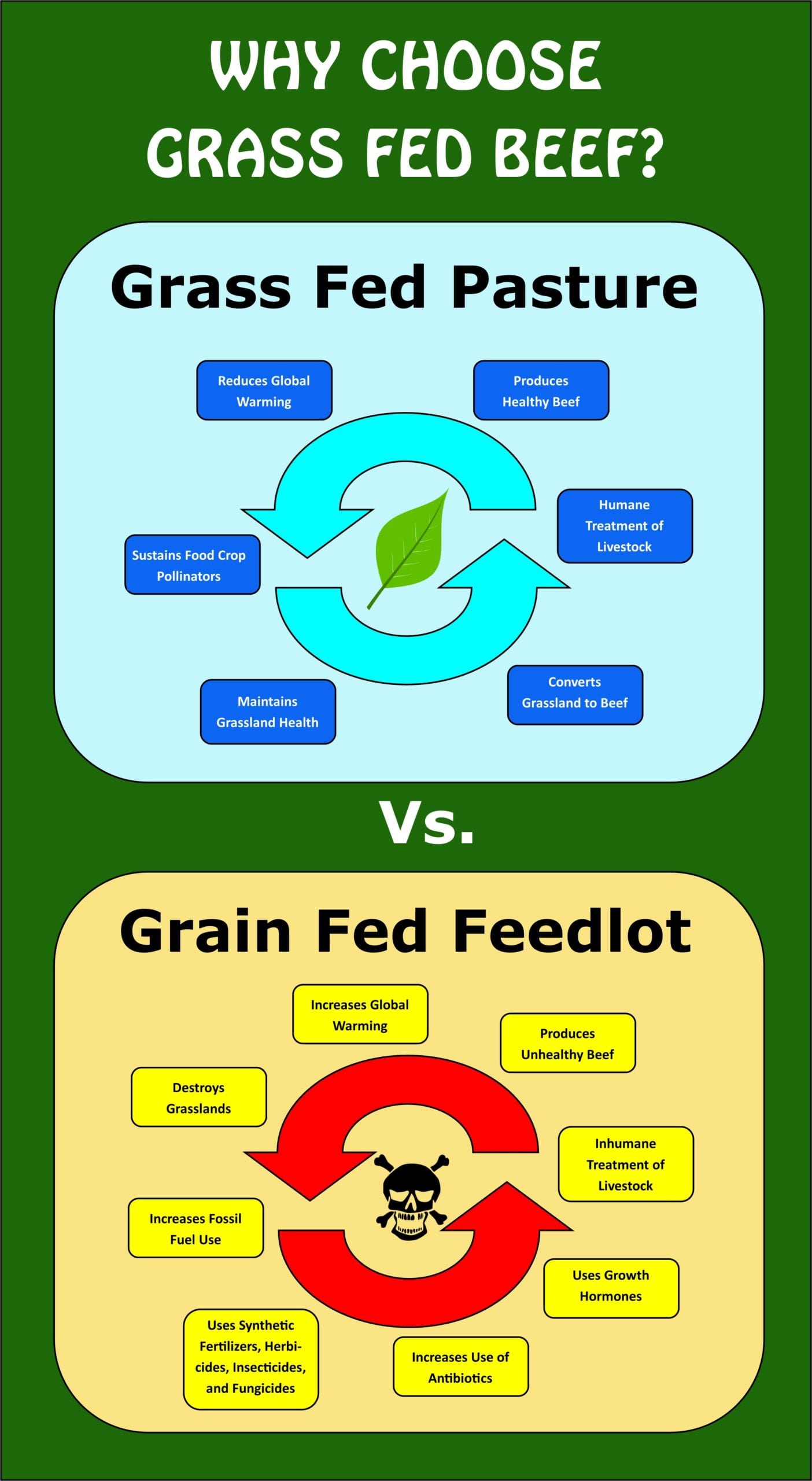This post is part of an ongoing documentary I am publishing on my progress for developing, launching and growing a food startup. I am using my Growth Stack roadmap and my Lean & Agile Framework, tools I have published online at my startup incubator to help consumer product startups. For the overview of this project, please click here. For the list of articles in sequence about this project, please click here. To be notified about new posts, please subscribe to the email list of my startup incubator from the footer of any page. I also post content updates to various social platforms. See the footer of any page on this website for those links.
My first effort with this project is to get it organized. I am using the Framework header document as a guide to help organize my ideas and plan my tasks. I am completing Section 1: Strategy of the University section. I am not doing any research initially to complete this section, but just getting my initial thoughts and ideas documented.
The Framework Header Document is something I will live in with this project, probably indefinitely. As I think about this project and move forward with it, I will be dumping in my ideas, research and plans. As it grows, I will have many other documents that are linked from it. That way, I always have a starting point where everything links from.
From my initial effort at documenting high level thoughts and ideas, I have come up with an initial set of tasks and goals to complete to move this startup forward. They are as follows:
- Develop initial product prototypes based on packaging (size, type, function) that I might use;
- Solicit end-user/customer feedback from the product prototypes – looking initially to test taste and texture and how customers feel after eating it;
- Obtain brand and product names (and URL) and make sure they are available with no intellectual property restrictions (existing use in same category or wordmarks/trademarks filed);
- Develop initial ballpark COGS and SRP models: (a) based on low volume production runs using my own facility and equipment; (b) based on high volume production runs using a co-manufacturer. The idea is if I come to market, I will be pricing SRP more based on high volume and economies of scale, unless I can come in below or near competitors even with a low-production volume model.


